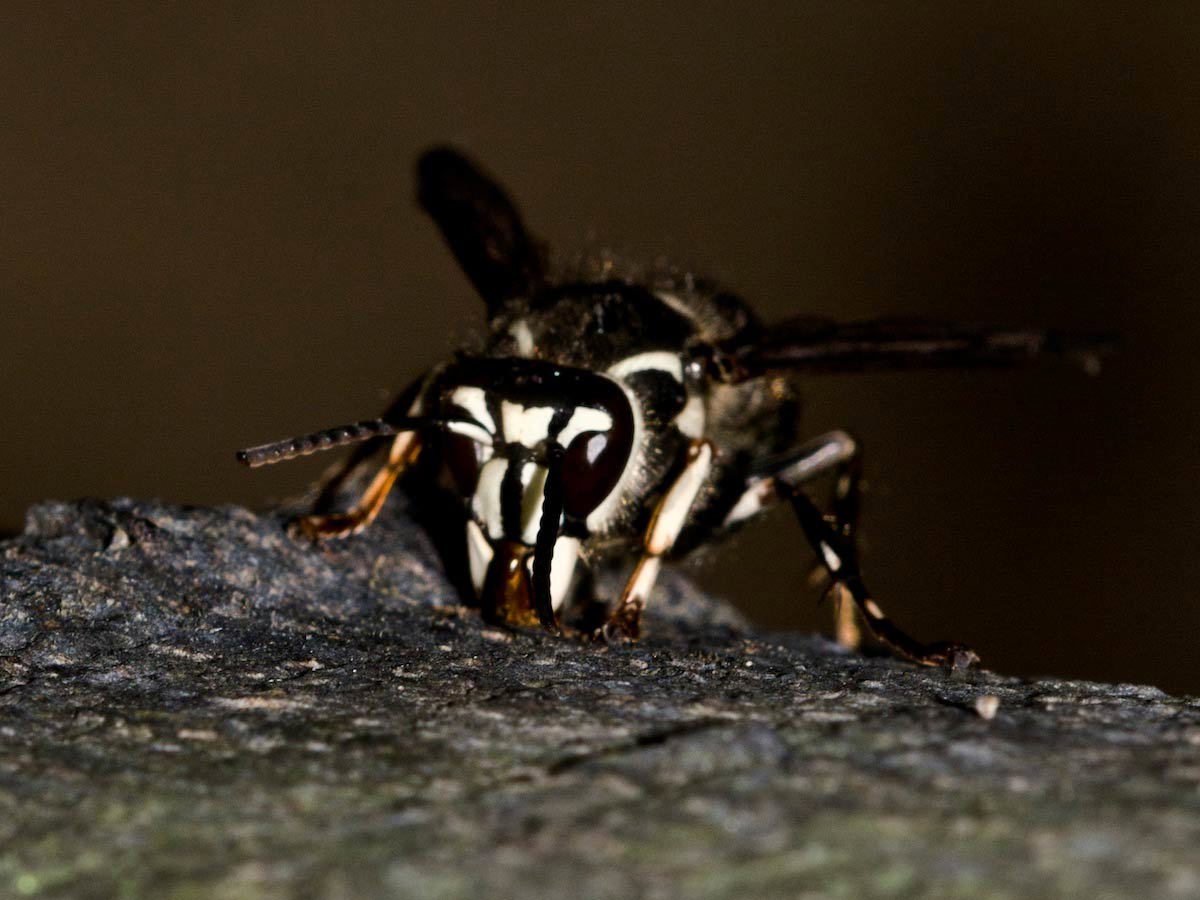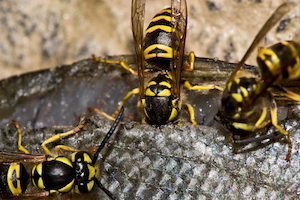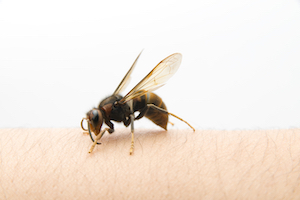Yellowjackets Vespula spp.
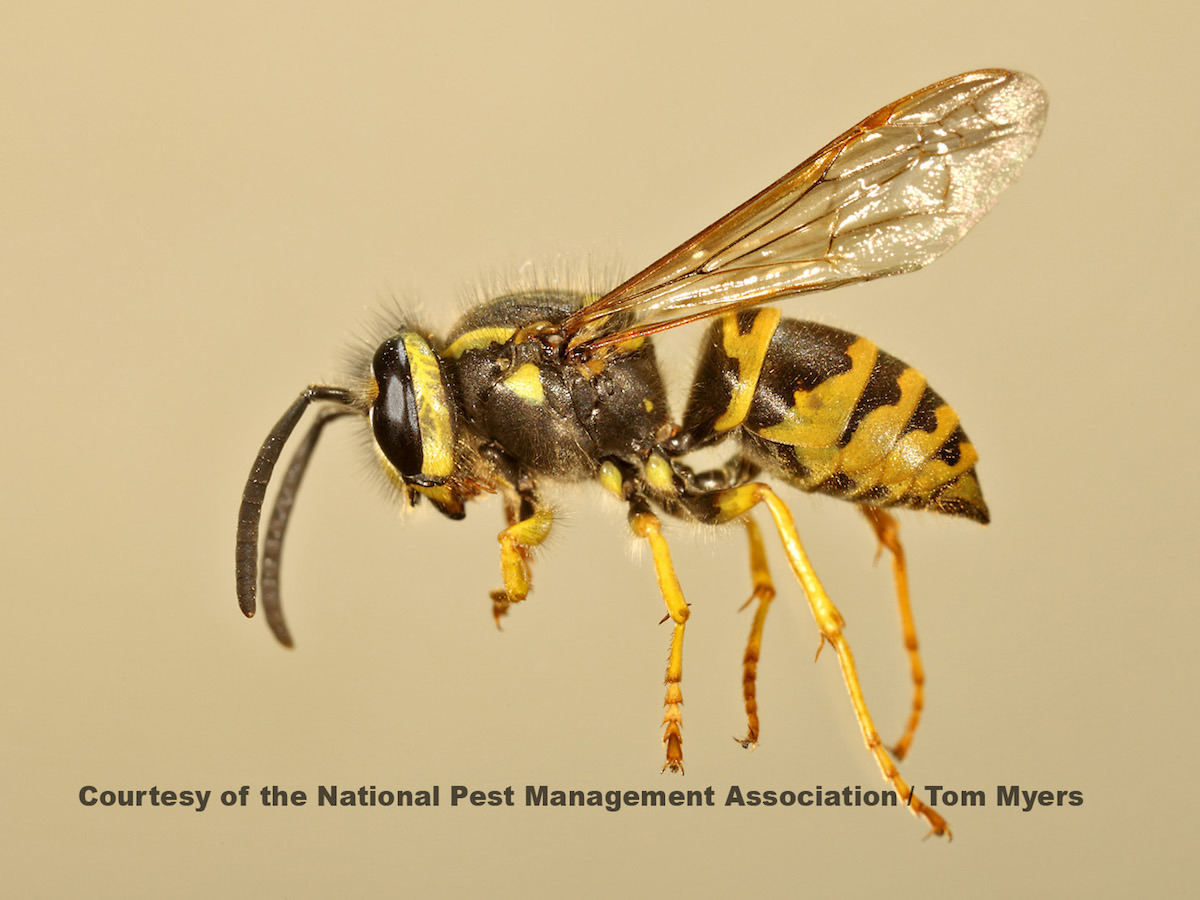
Color: Abdomen usually black and yellow pattered similar to bands
Size: Workers 3/8 to 5/8 of an inch long
Legs: Six
Antennae: Yes
Shape: Wasp-like
Region: Found throughout U.S.
What are yellowjackets?
There are several species of yellowjackets. These flying insects typically have a yellow and black head/face and patterned abdomen. Because these pests are known to sting, it’s important to know how to properly get rid of yellowjackets to avoid injury.
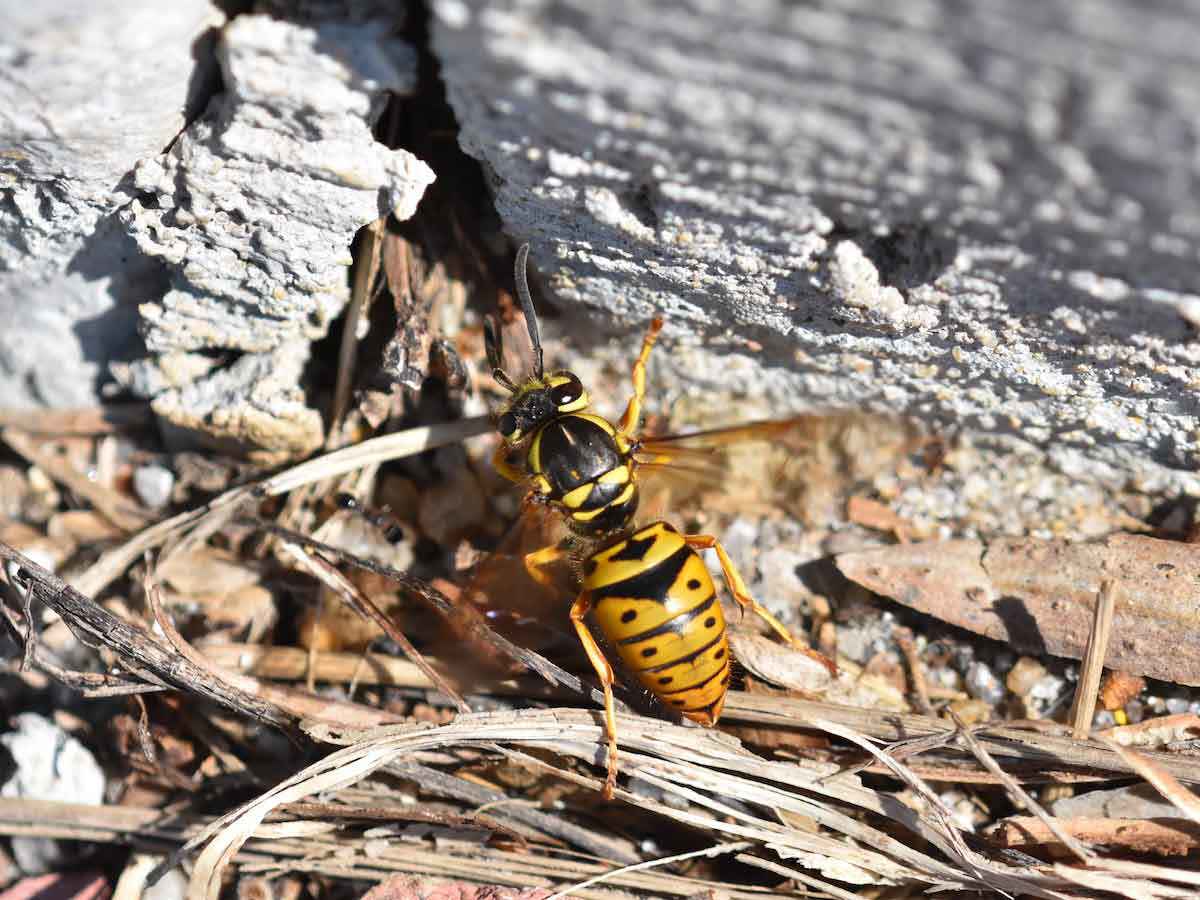
What do yellowjackets look like?
This stinging insect's abdomen is usually black and yellow pattered, similar to bands.
Yellowjackets are social insects that live in nests or colonies with up to 4,000 workers. They are most active in the late summer and early autumn when a colony is at its peak. Yellowjackets feed on sweets and proteins, and therefore these pests commonly invade outdoor events.
Yellowjackets can be found anywhere humans are found. They build paper carton nests out of chewed up cellulose, which are usually found in the ground or in cavernous areas such as eaves and attics.
Yellowjacket stings pose significant health threats to humans, as they are territorial and will sting if threatened. They are known to sting repeatedly and can cause allergic reactions. Yellowjackets and other stinging insects send over 500,000 people to the emergency room each year.
Looking to get rid of yellowjackets? Call a pest professional if you suspect yellowjacket activity on the property. Because of their tendency to sting when threatened, yellowjacket control requires specialized equipment and safety precautions.
Homeowners should remove garbage frequently, keep trashcans covered, and ensure all doors and windows have screens that are in good condition. People should also avoid wearing sweet-smelling perfumes and the scent attracts yellowjackets.
When ready, you can find a certified pest professional near you with the helpful zip code search below.


